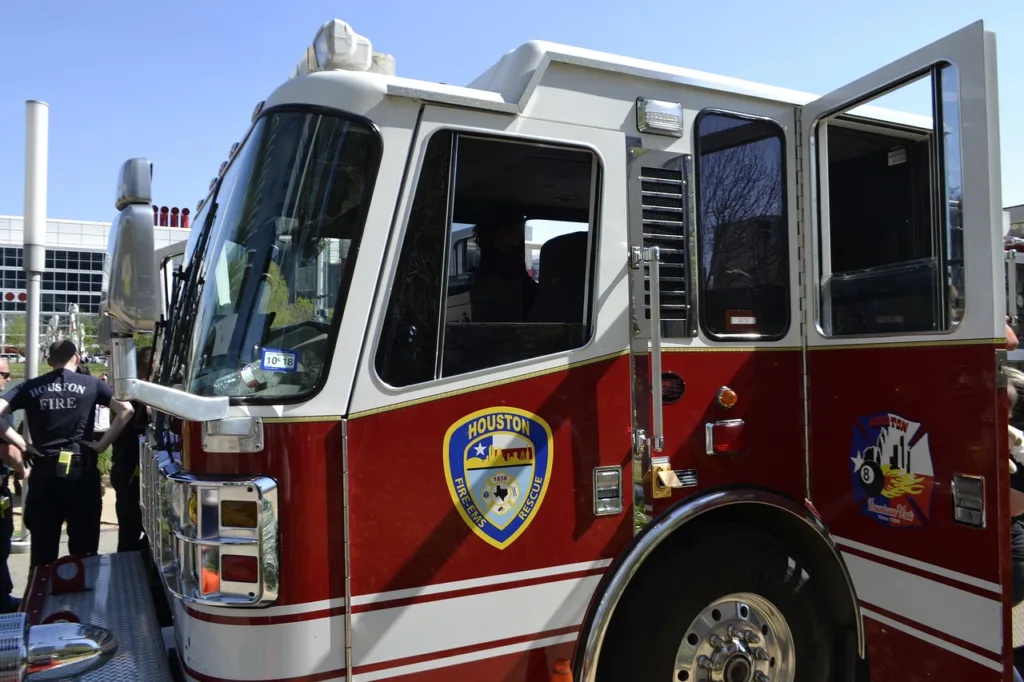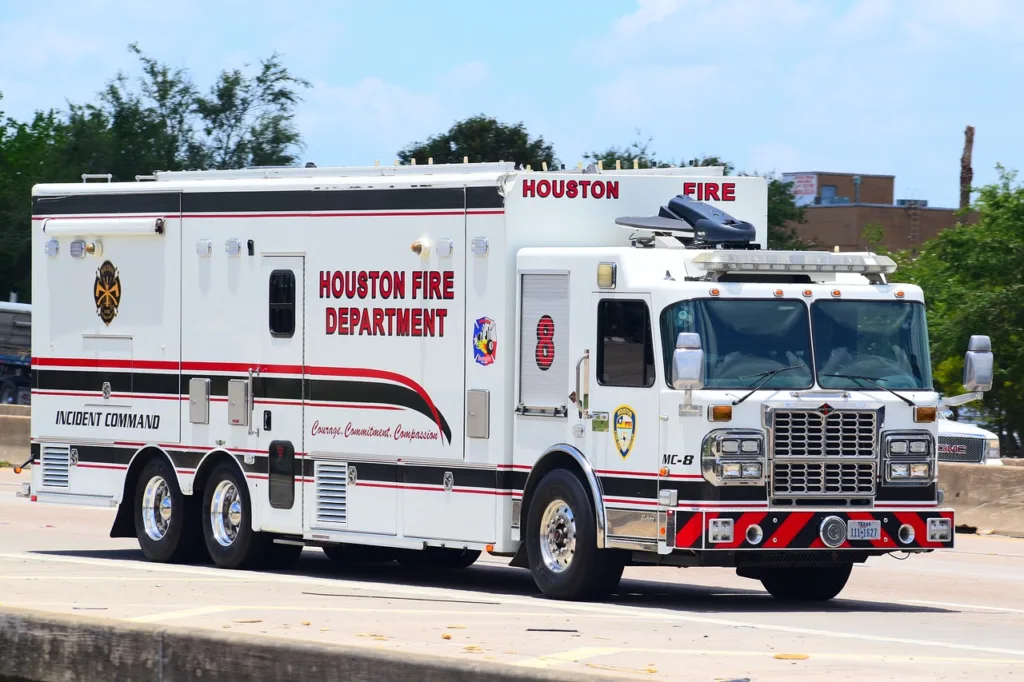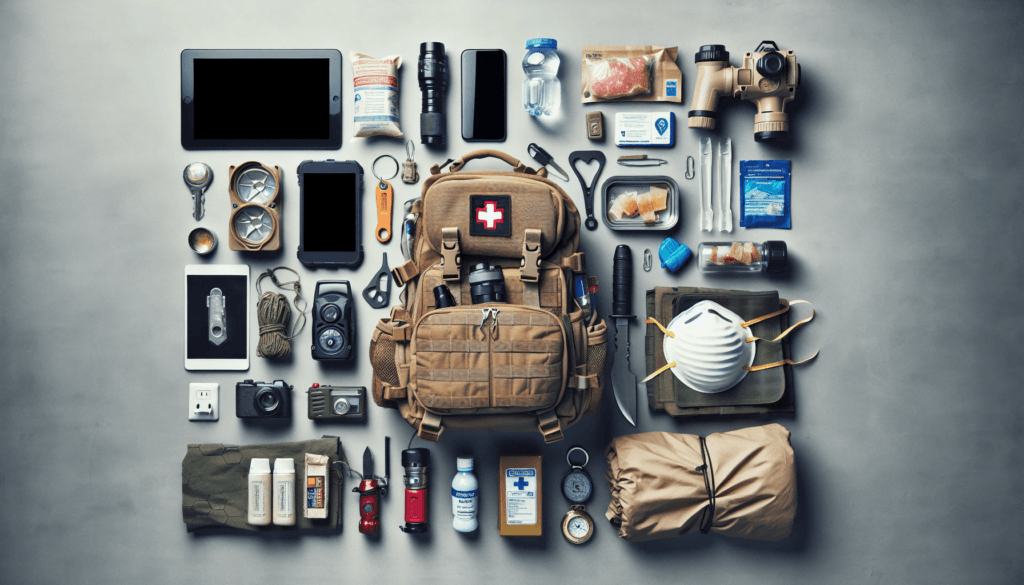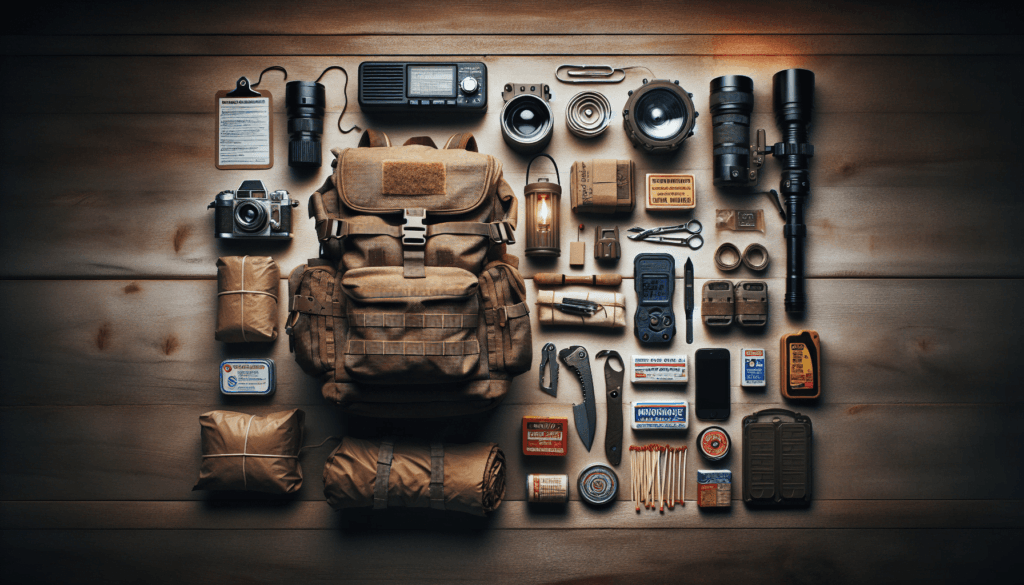In the era of unpredictability, where natural disasters are increasingly becoming a part of our lives, it is essential for you to equip yourself with the necessary knowledge and gear to brace these calamities. “Preparing for Natural Disasters: Ensuring Safety through Proper Gear” is destined to empower you with all the essential information you need to tackle these unforeseen challenges. This comprehensive guide navigates you through lifesaving tips, essential disaster supplies, and critical steps to ensure safety before, during, and after hazardous natural events. Stay a step ahead of nature by ensuring safety through proper gear.

Table of Contents
Understanding Natural Disasters
Learning about common natural disasters
Think about a time when you felt a sudden gust of wind. It’s just a breeze, right? But imagine that breeze evolving into a powerful tornado. That’s one form a natural disaster can take. Others include hurricanes, earthquakes, tsunamis, wildfires, and flash floods. These events can be unpredictable and may occur with little warnings, causing substantial damage.
Comprehending the effects and risks associated with natural disasters
Ever seen a toy house demolished in the playful antics of a child? That’s pretty much what natural disasters can do, but on a much larger and more devastating scale. They can tear apart homes, towns, and even entire cities, leaving a trail of destruction in their wake. Understanding these risks can help you comprehend the gravity of these situations, transforming your outlook towards Disaster Preparedness.
Recognizing signs of approaching disasters
Mother nature has a funny way of dropping hints of an impending catastrophe. Ever seen animals acting strangely before an earthquake? Or the eerie calm before a storm hits? Recognizing these signs can play a crucial role in early detection, giving you precious time to gear up for the incoming threats.
The Importance of Preparedness
Discussing the significance of disaster preparedness
Remember that discussion we had about disaster’s devastation? The flip side of that coin is being prepared. It’s like having an umbrella before it rains – it’s not going to stop the rain, but it will keep you dry. Similarly, disaster preparedness won’t stop the calamity, but it can potentially save lives and reduce harm.
Sharing real-life stories of individuals aided by proper preparedness
Has a friend ever told you about staying ahead of their coursework and how easy the finals week was for them? That’s preparedness at its finest. We’ve plenty of stories like these but in the context of disasters — people who packed disaster survival kits, planned evacuation routes, and pay heed to disaster warnings, saving their lives and their loved ones.
Addressing potential outcomes without adequate preparation
You know the feeling when you haven’t prepared for an important presentation? The panic, the scrambling for information, the fear of failure. Now, multiply those feelings tenfold. That’s what it’s like to face a disaster unprepared.
Basic Disaster Survival Gear
Listing essential survival kits
Just as a chef needs his knives, a disaster preparedness plan needs its survival gear, which includes things like a torch or headlamp, a multi-tool, warm blankets, a whistle, a dust mask, and many more equally essential items.
Beneficial features of weather-proof clothing
Weather-proof clothing can be a game-changer during a disaster. Remember the satisfaction of watching a raindrop roll off your waterproof jacket? Now imagine that satisfaction potentially saving your life during a hurricane or flood.
Usage and importance of heat and light sources during disasters
Ever tried finding something in the dark? If you have, you know the value of a good light source. Aside from helping you navigate, light can provide comfort during trying times. Similarly, heat sources can be a lifeline in cold weather conditions, staving off hypothermia and other cold-related diseases.
Food and Water Supplies
Choosing suitable and long-lasting food supplies
The right food supply during a disaster is like that trusty, no-fuss meal you have after a long day–nourishing and life-saving. Dehydrated meals, protein bars, and canned goods are a few examples of food items to consider.
Understanding the quantity of water needed per person
Did you know humans can survive weeks without food, but only three to five days without water? That’s how vital it is. In a disaster scenario, you need to consider around one gallon of water per person per day, for both drinking and sanitation needs.
Benefits of water filtration and purification systems
Ever been to a camping trip and drank water straight from a stream only to fall sick afterward? Disaster situations are similar. With disruption to safe water supplies, having a water filtration or purification system on hand is as essential as the water itself.

First Aid Kits and Medical Equipment
Importance of a well-equipped first aid kit
A first aid kit during a disaster is like having a doctor by your side, providing immediate attention to injuries and reducing chances of infection or further complications.
Discussing essential medical supplies and medications
Prescription medications, anti-diarrheal tablets, antacids, pain relievers, antibiotic ointments – these are just a few of the essential medical supplies that should be part of your survival kit. These little helpers can go a long way in managing medical situations when professional aid may not be immediately accessible.
Educating about basic first aid procedures
Ever had to bandage a cut or apply an ointment to a burn? This basic knowledge becomes crucial during a disaster scenario. Without immediate access to medical professionals, knowing basic first aid procedures such as cleaning wounds, CPR, or treating burns can be lifesaving.
Outfitting for Protection and Rescue
Personal Protective Equipment for disaster scenarios
When we think about wardrobes, we think about style, comfort, or climate. In disaster preparedness, wardrobes focus on protection. Good footwear, sturdy gloves, hard hats, dust masks — these are the unsung heroes of your disaster survival outfit.
Safety gear for aiding search and rescue operations
Just like a cape signifies a superhero, high visibility clothing indicates a rescuer. It allows them to be seen by others, even in low light conditions or amidst debris and rubble. These include gear and tools like reflective vests, emergency whistles, safety glasses, and crowbars.
Incorporating testimonials about the benefits of safety gear
Ever met someone who swears by their hiking boots? Or raves about their ski goggles? Well, imagine those stories, but in the context of surviving a disaster. People who’ve faced calamities and illustratively credit their safety gear for their survival provide real-life testimonials to the benefits of gearing up adequately.

Using Communication Devices
Value of reliable communication during disasters
In times of calamity, communication is no less essential than food, water, or shelter. It’s like the urgent text message that changes your plans – it can alter your course of action, potentially leading to safety.
Features of different communication devices
Maybe you have that one friend who always carries an extra battery for their phone. During a disaster, you want to adopt their wisdom. This is when your walkie-talkies, AM/FM radios, and satellite phones come into play, keeping you connected even when conventional lines of communication are down.
Importance of spare batteries and solar chargers
Remember the frustration when your phone died at the most inconvenient time? Disaster survival moments can be a thousand times worse. Having spare batteries or a solar charger on hand can mean the difference between staying connected and total isolation.
Accommodating Special Needs
Ensuring safety for the elderly, children, and disabled during disasters
Disaster preparedness, like any good party host, makes room for everyone. That includes the elderly, children, disabled persons, and even those with health conditions. Special measures need to be taken to ensure their safety and well-being through these challenging times.
Specific gear necessary for people with health conditions
Insulated coolers for medication, inhalers for asthma patients, or an extra pair of glasses for those with a vision problem — these are a few examples of the specific gear necessary for people with health conditions.
Considering the needs of pets during disasters
Think about a disaster striking and leaving your furry friend behind—quite a horrifying thought, isn’t it? Hence, disaster preparedness plans should extend to include our beloved pets. Ensuring their safety by packing extra pet food, leashes, or even pet carriers is a must.

Backup Power Options
Understanding the value of power during natural disasters
Your lifeline during a disaster situation could boil down to one simple thing – power. Imagine trying to contact someone for help, but your phone is dead, or your flashlight is out of juice. Having a stable power source is vital in such scenarios.
Discussing different power backup options
Solar-powered devices, generators, batteries – these aren’t just cool gadgets but potential lifesavers in a disaster scenario. Such power backup options can save the day when regular power supplies are interrupted or unavailable.
Safety precautions to take when using backup power sources
Backup power sources can be as dangerous as they are beneficial. Improper use of generators can lead to carbon monoxide poisoning or fire hazards. Hence, learning about safety precautions while using these sources is crucial to a well-rounded disaster survival plan.
Committing to Continual Preparedness
The importance of regularly updating and checking disaster supplies
Remember the regret when that coupon expired before you could use it? Think of your survival gear in the same way- it needs to be checked and updated regularly to ensure it’s ready to use when needed.
Engaging in disaster preparedness exercises
Recall that proud moment when you nailed a tricky task because you practiced it over and over again. Disaster preparedness works the same way. Regularly carrying out disaster preparedness exercises is essential not just to familiarize yourself with the plan but also to keep updating it based on your evolving needs.
Invitation to share personal disaster preparedness experiences and stories
You know that sense of community when people share their experiences and learnings? We want to build that around disaster preparedness. If you have any personal stories or experiences, we welcome you to share them. Together, let’s create a community that values safety, preparation, and solidarity.
In conclusion, preparing for natural disasters is all about ensuring safety, and much of that safety comes from having the proper gear. If you haven’t already, now is the time to gear up and commit to continual preparedness. After all, as they say, better safe than sorry. Are you ready to take on this challenge?

Related site – Prepare Your Facility for a Natural Disaster

